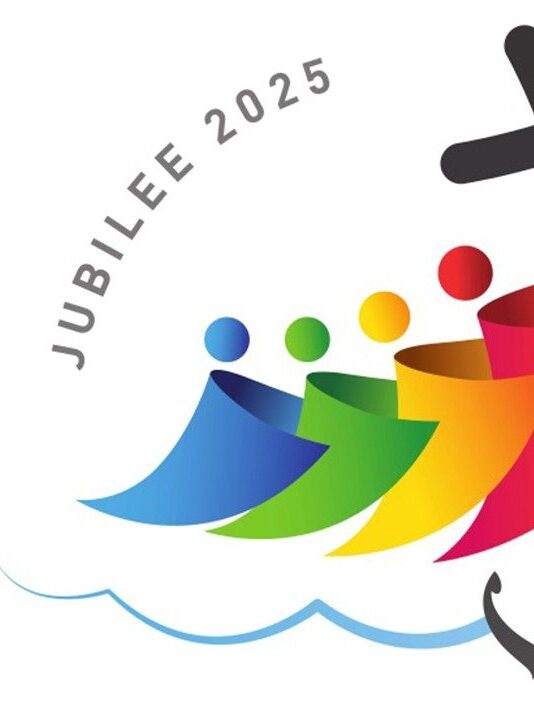Click on the sections below to explore and learn more about the Phonics curriculum at St Ethelbert’s.
Phonics and spelling sessions are integral to our curriculum and are taught daily in EYFS, Year 1, and Year 2. We use the ‘Supersonic Phonic Friends’ Phonics Program to guide these sessions.
How Phonics Sessions are Structured
During their phonics sessions, children engage in a variety of activities designed to help them recognise and articulate phonemes (sounds) and learn to write graphemes (letters or combinations of letters). Our approach combines highly structured, adult-led phonics sessions with interactive activities to ensure an engaging and effective learning experience.
Key Components
- Recognising and Articulating Phonemes: Children learn to identify and pronounce individual sounds in words.
- Learning and Writing Graphemes: Children are taught to write the letters or combinations of letters that represent each sound.
- Structured Sessions: Phonics instruction is delivered in a systematic manner, ensuring that each child builds a strong foundation in reading and spelling.
- Interactive Activities: These are incorporated to make learning fun and to reinforce the concepts taught in structured sessions.
Importance of Phonics
The skills acquired in phonics sessions are essential tools for children. They help children decode words for reading and encode words for spelling. This foundation is crucial for developing literacy skills that will support their ongoing education.
Inclusive & Targeted Instruction
Wherever possible, children are taught as a whole class to ensure that all children are exposed to the appropriate level of phonics instruction for their age group. In some cases, some pupils are taught in smaller groups by trained staff. Additionally, booster sessions and targeted interventions are used to support and challenge individual students as needed. This approach ensures that all children, regardless of their starting point, can make progress in their phonics learning.
Continuation into Key Stage 2
For children in Key Stage 2 who need continued phonics support, instruction is tailored to match their age and stage of development. Resources and activities are selected with sensitivity to ensure they are appropriate and effective for older children. International New Arrivals receive phonics teaching as part of their intervention so that they are able to access the curriculum as quickly as possible.
By maintaining a robust and adaptable phonics program, we aim to provide all our students with the foundational skills necessary for reading and writing success.
Reading Schemes & Phonics
At. St. Ethelbert’s, we use the following schemes to support early reading:
- Phonics Bug
- Big Cat Phonics
- Rising Stars
Children read books which align with the specific phonics skills they are learning. This approach:
- Reinforces Learning: Reading books that use words with the phonics patterns they are currently studying helps solidify their understanding of those sounds.
- Builds Confidence: When children read texts at an appropriate phonics level, they experience success, which builds confidence in their reading ability.
- Improves Decoding Skills: Matching books to phonics skills allows children to practise decoding, the ability to sound out words based on their knowledge of letter-sound relationships.
- Develops Fluency: Repeated exposure to familiar phonics patterns helps children read more smoothly, improving their fluency over time.
- Supports Comprehension: When children are not struggling to decode too many unfamiliar words, they can focus on understanding the story or content of the text.
Our Phonics Subject Leader is Mrs Turner.
1. PhonicsPlay
- Offers a range of interactive games and resources to help children practice their phonics skills in a fun and engaging way.
2. BBC Bitesize – Phonics
- Provides educational games, videos, and activities to support phonics learning, suitable for different stages of development.
3. Oxford Owl
- Features a variety of free eBooks, reading activities, and phonics resources designed to support children’s reading at home.
4. Letters and Sounds(opens in new tab)
- Offers information and resources based on the UK government’s phonics program, including printable materials and interactive games.
5. Teach Your Monster to Read
- A free game-based resource that helps children practice phonics and reading through fun and engaging activities.
6. Twinkl Phonics
- Provides a vast array of phonics resources, including worksheets, games, and activities tailored to various phonics phases.
Children’s progress in phonics is tracked through various assessment methods. These include regular informal assessments during lessons and the statutory Year 1 Phonics Screening Check.
What is the Phonics Screening Check?
The phonics screening check is a short assessment designed to evaluate how well each child has learned to decode words using phonics up to the end of Year 1. It consists of 40 words and non-words (pseudo words) that your child will read one-on-one with their class teacher.
Why is it Important?
This check helps us to identify students who may need extra support with their reading skills. It also allows us to measure how well our phonics teaching is supporting your child’s progress in reading.
How Can Parents and Carers Help?
- Practice at Home: Regular reading at home, focusing on phonics sounds and blending, can greatly support your child’s preparation.
- Encourage Confidence: Emphasise the importance of trying their best during the check and reassure them that it’s just one of the ways we support their learning journey.
What Happens After the Check?
We will share your child’s results with you and discuss any support or next steps that may be needed. For those who require additional support, we have dedicated programs and interventions tailored to individual needs.


